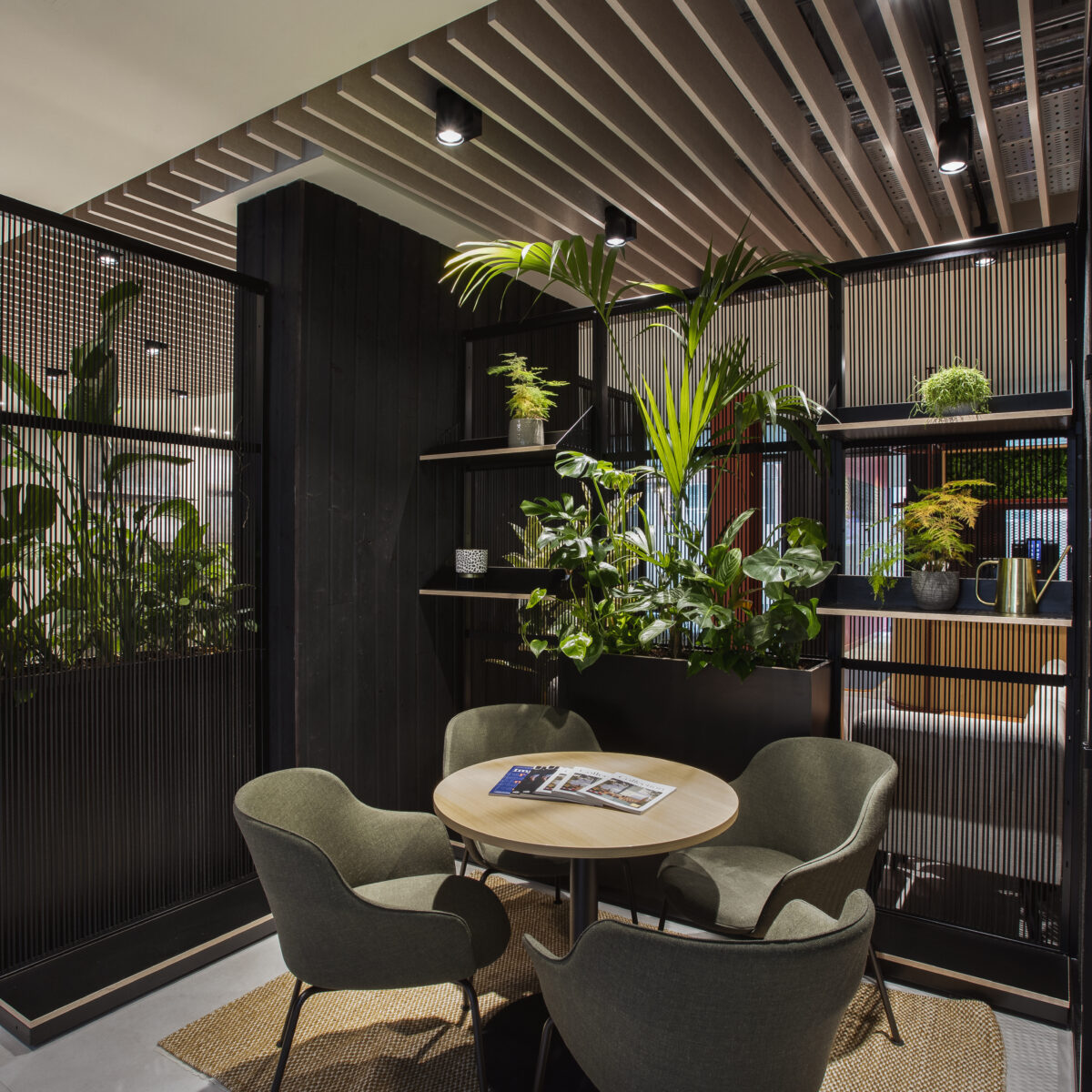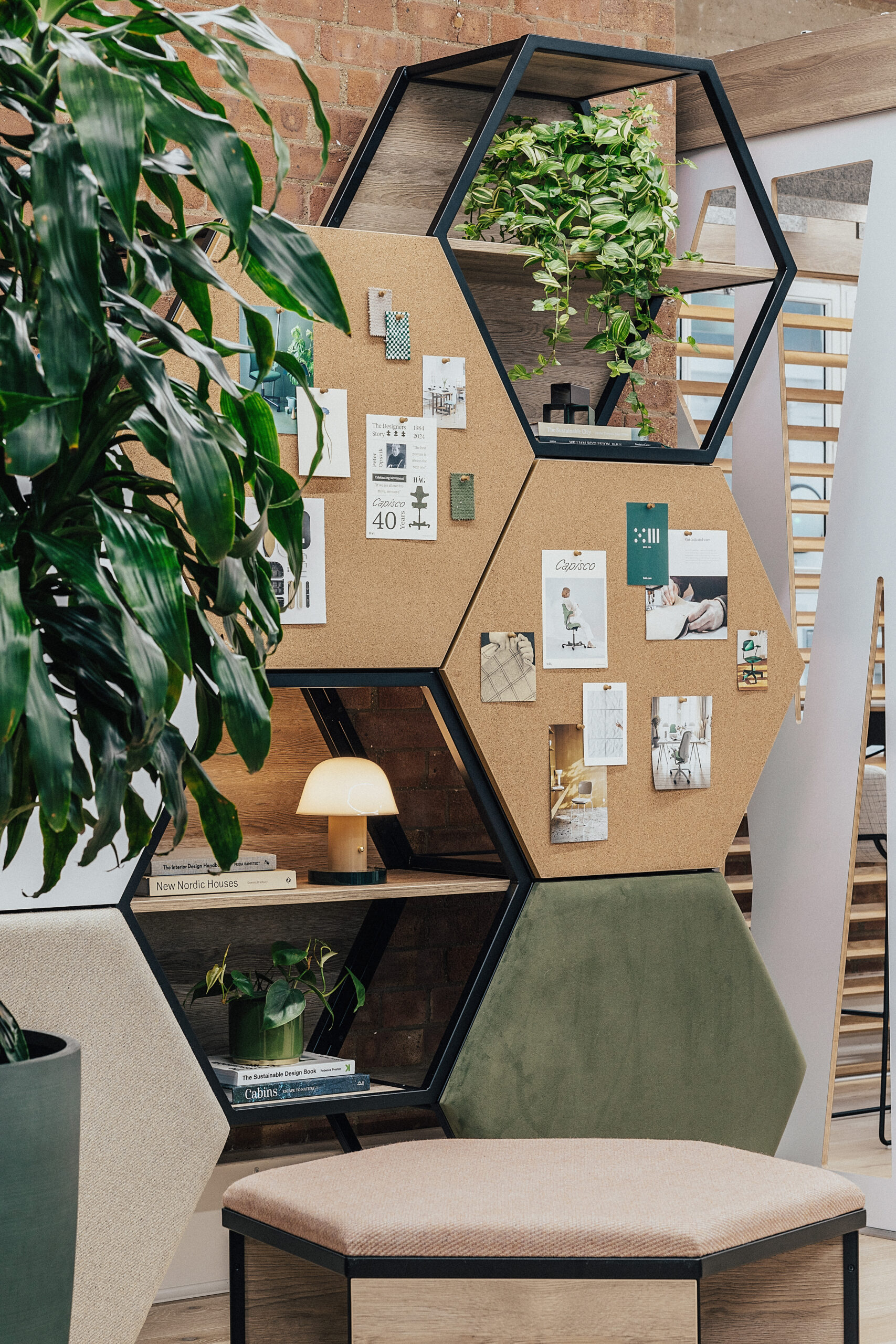Having spent months and years working at home, the simple reality is that employees are now looking for reasons to work from an office, having missed commuting and workplace politics like a hole in the head. Gathering pace are a series of trends, benefitting from the evolution of worker needs, with biophilia leading the way and ticking all boxes, supporting employee wellbeing whilst providing stunning natural elements to a workspace.
Originally conceptualised by psychologist Eric Fromm in 1964, his definition of biophilia still rings true in relation to worker desires almost 60 years later, as ‘the passionate love of life and all that is alive’. The desire of the individual to be around nature has only grown due to the bulk of the population being withdrawn from the outdoors for the better part of two years.
Whilst the emotional and mental needs of the individual can be aided by the installation of workplace biophilia, the physical benefits are also hugely significant in its appeal. NASA conducted a study in the 1980s, the results of which were published in 1989, as they looked to utilise houseplants to improve the air quality around their astronauts, within the closed environment of a space station. The results claim that plants play a huge role in the removal of organic chemicals in the air, most notably benzene, trichloroethylene, and formaldehyde, in addition to carbon dioxide.

That being said, the removal of chemicals in the air will be something beyond the consideration of many occupants. What won’t be, however, is the intrinsic, animalistic attraction to nature and the outdoors, a feeling only intensified by COVID lockdowns. The key principle of biophilia generally, as well as in biophilic design in the workplace is the innate desire of human beings to better their wellbeing.
The positive effect of biophilia on both mental and physical wellbeing is beneficial not only to the individual but to the organisation they work for, with a strong parallel drawn between organisational success and employee happiness and wellbeing. Research conducted by Human Spaces identified numerous tangible benefits of biophilia on organisational outcomes, with the most noteworthy being:
- Greater ability to attract and retain employees
- Increased output and productivity
- Increased levels of creativity
As an organisation, we at Connection are fully subscribed to the benefits of biophilia, not only incorporating it into our products, when possible, but also our showrooms and workspaces. Both London and Manchester showrooms boast stunning biophilic installations, alongside our own ranges to ensure the mental and physical wellbeing of our own employees.
The significance and popularity of biophilia within the workplace is seemingly showing no signs of slowing, as we see an increasing number of workspaces incorporating biophilic design when possible, including our recent projects at Savills and AstraZeneca. The relationship between nature and the workplace seems to be an ideal marriage and one that is proving fruitful for employers and employees alike.
